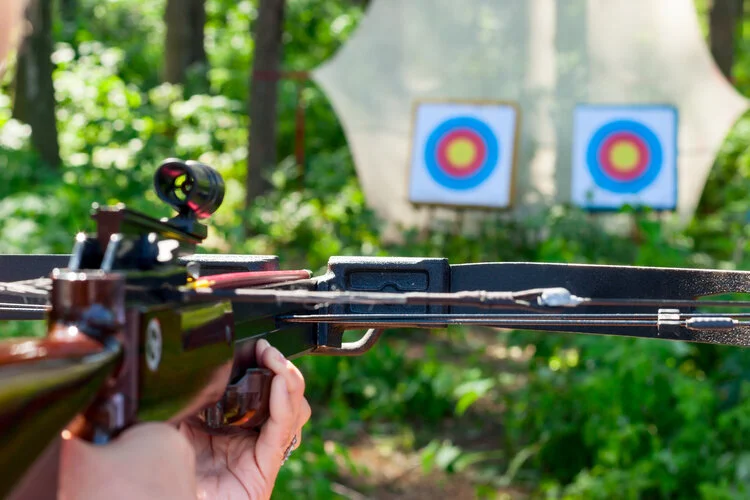Wildlife Watching Wednesday: The Unfreezable Wood Frog
By: Tom Berg
Wood frogs endure freezing weather via chemicals in their blood. (Photo: Tom Berg)
Have you ever seen a wood frog? Wood frogs are not as familiar to most of us as the common bullfrogs and green frogs that we see near ponds and lakes, but wood frogs live throughout much of the Midwest and northeastern United States and most of Canada. They are also common throughout Alaska. These small, brownish-colored frogs can be identified by the dark eye mask that stretches past each eye to the eardrums. Adult frogs can vary in color from tan to dark brown (and various shades in between), but the eye mask really gives them away.
Tadpoles of wood frogs eat algae after they hatch, and as they grow, they switch to tiny insect larvae and insects. Adult frogs eat bugs like ants, moths and beetles, but they also eat worms, spiders, and almost anything else they can catch. Wood frogs spend most of the summer in moist woodlands, forested wetlands and wooded areas near streams, ponds and lakes. During the fall, they move to nearby upland habitats and find a place to overwinter (usually under logs or leaf litter).
Wood frogs can tolerate the freezing of their blood and tissues during the winter by using glucose and urea as cryoprotectants to limit the amount of ice crystals that form inside their bodies. Wood frogs can endure many freeze/thaw cycles with no ill effects. They actually stop breathing and their hearts stop beating during freezing winter weather. Wood frogs are one of the first frogs to appear in the spring as the snow melts.
Like most frogs, wood frogs have plenty of enemies that want to eat them. Barred owls and great blue herons are two of the bird species that love to dine on wood frogs, but raccoons, foxes, possums, coyotes and snakes (including garter snakes) also eat wood frogs.
One of the interesting things about wood frogs is their call. It doesn’t sound like the deep bellow of a bullfrog or the rubber-band twang of a green frog. Their call sounds more like a group of raspy ducks making funky quacking sounds!
Tom Berg is an award-winning writer and photographer and has been a freelance writer since 1993. He is also the Executive Director of the Hoosier Outdoor Writers organization in Indiana and is a member of several other writers groups.



